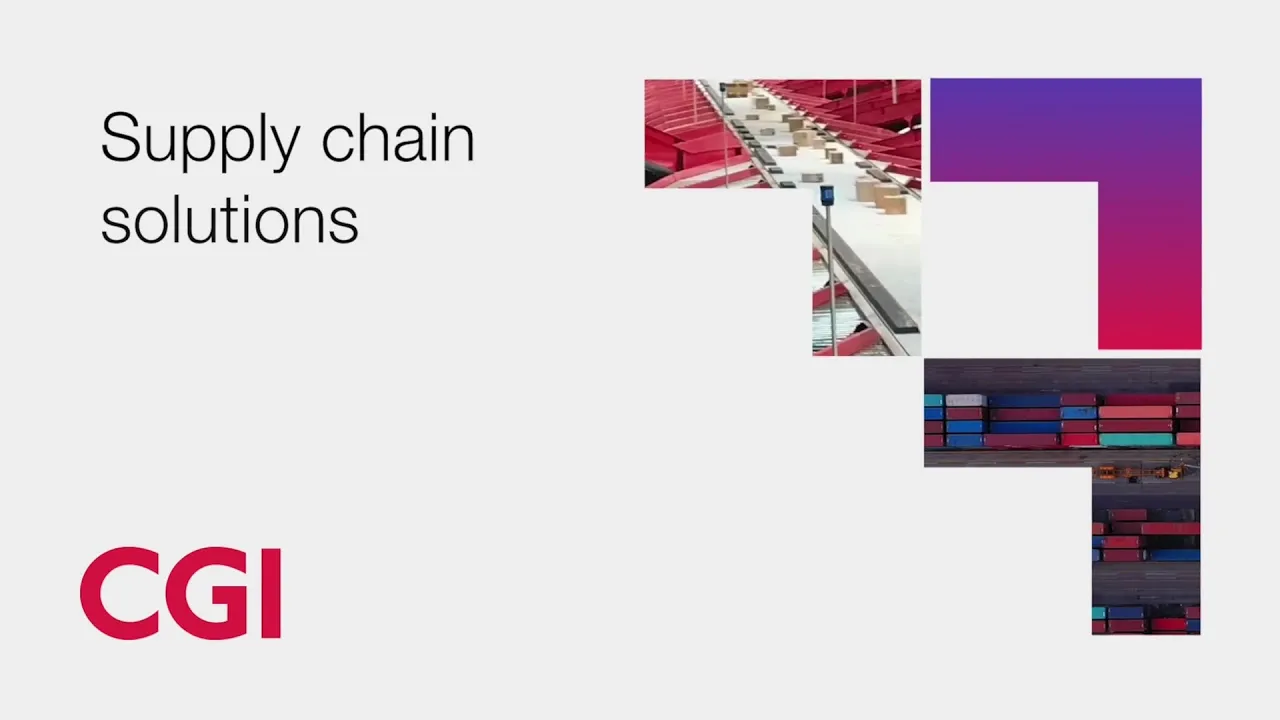To play this video, enable Statistics cookies. Google/YouTube may process your data – Learn more.
A view of your supply chain from top to bottom, and everywhere in between
Need to accelerate digital transformation? Taking a fresh look at your supply chain management strategy is a great place to start. In partnership with the University of Tennessee Global Supply Chain Institute, CGI provides insights you can act on, helping organizations discover new ways to optimize their end-to-end supply chains and advance their digital transformation journeys.
700+
manufacturing clients around the world
2,800
supply chain experts support clients across the globe
7000+
manufacturing professionals
To be a data-driven manufacturer is to enjoy the benefits of acting as a whole, unified organization
Our team helps highly productive teams work off the most insightful and supportive data in real time – enabling true innovation and cross-pollination. It is about being able to decipher true insight from across the vast data stores you have to create new services, products and ways of doing business. It is about being able to connect to external ecosystems and enjoy win: win benefits with novel partners. It’s about being able to reflect, learn and continuously improve. Enabling you to creatively realize your vision and demonstrate measurable results.
It's time to invest in data-driven manufacturing to drive smart, sustainable and resilient operations
As production environments become more complex, learn how CGI’s Data-Driven Manufacturing provides a unique 4-step approach to help manufacturers transform data into actionable insight to meet new market realities and advance digital transformation.
Supply chain optimization
As the adoption of digital technologies in manufacturing continues to move at a rapid pace, CGI’s 2,800 supply chain experts help clients drive business and IT optimization across the functional domains of the end-to-end supply chain.
U.S. onshore IT delivery
CGI's U.S. onshore IT services delivery centers help retail organizations diversify their IT sourcing models to reduce cost and risk with affordable managed services that are made in America.
Data-driven manufacturing
Our vision for becoming truly data-driven focuses on data strategy, data management, enterprise intelligence and organizational readiness.
Learn more about our manufacturing services and solutions
Ready to learn more about our manufacturing services and solutions? Connect with our team to learn how we help manufacturing firms transform into more agile, customer-centric businesses.











